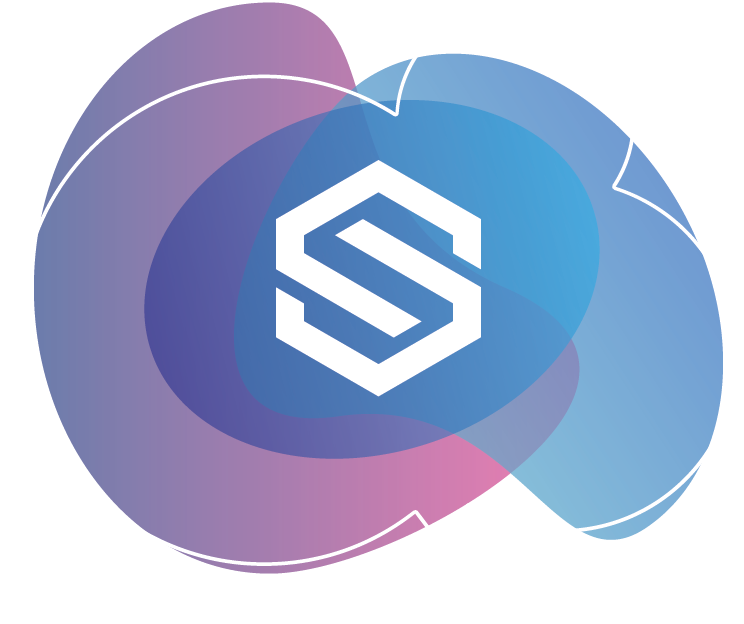 back
backData Loss Prevention (DLP) is a cybersecurity strategy that helps organizations detect and prevent the unauthorized sharing, leakage, or misuse of sensitive data. This includes intellectual property, financial records, personally identifiable information (PII), and other confidential business data. DLP solutions monitor data in motion (network traffic), data at rest (stored files), and data in use (actively accessed or edited) to ensure that sensitive information stays protected—whether it resides inside or outside the organization.

Why Is DLP Important for Modern Enterprises?
In the age of cloud computing, remote work, and data-driven decision-making, data is more mobile and vulnerable than ever. DLP addresses several critical security needs:
-
Preventing insider threats—both malicious and accidental
-
Enabling regulatory compliance (e.g., GDPR, HIPAA, PCI-DSS)
-
Reducing risks of intellectual property theft or data breaches
-
Enforcing data governance policies across endpoints, cloud, and networks
Without a proper DLP strategy, organizations risk facing financial loss, reputational damage, legal penalties, and compliance failures.
Core Functions of DLP Solutions
Modern DLP systems provide multi-layered protection using advanced detection technologies and policy enforcement. Key functions include:
-
Content Inspection: Scans documents and communications for sensitive keywords, file types, or data patterns (e.g., credit card numbers, social security numbers).
-
Policy-Based Control: Blocks, encrypts, or audits data transfer based on predefined rules.
-
User Behavior Monitoring: Detects anomalies or suspicious activities in real time.
-
Incident Response and Logging: Triggers alerts, logs events, and helps with forensic investigations.
-
Cloud and Endpoint Coverage: Ensures protection across cloud platforms, email, USBs, printers, and user devices.
Types of Data Loss Prevention
Depending on deployment scope and focus, DLP can be categorized into:
-
Network DLP: Monitors data traffic across the organization’s network to prevent leaks through email, messaging apps, or cloud services.
-
Endpoint DLP: Installed on individual user devices to monitor and control file transfers, printing, screen captures, or external storage usage.
-
Cloud DLP: Protects data stored or processed in cloud environments, typically integrated with SaaS applications and cloud access security brokers (CASBs).
How to Choose the Right DLP Solution
When evaluating a DLP system, consider the following factors:
-
Scalability: Can it support your growing data landscape and workforce?
-
Granular Policy Customization: Does it allow detailed control over who can access or share data?
-
AI and Contextual Analysis: Does it go beyond keywords and look at user intent and behavior?
-
Integration Capability: Can it work with your current IT ecosystem (e.g., SIEM, MDM, cloud apps)?
-
Compliance Support: Does it offer built-in templates and auditing features for relevant regulations?
Data Loss Prevention is no longer optional—it’s a business imperative. Whether you are a large enterprise or a growing business, a well-implemented DLP strategy safeguards your most valuable digital assets while enabling secure collaboration and regulatory compliance.
By investing in a comprehensive DLP solution, your organization not only protects sensitive information but also builds a stronger foundation for trust, accountability, and long-term success.






 Contact
Contact





































 3 min
3 min 






